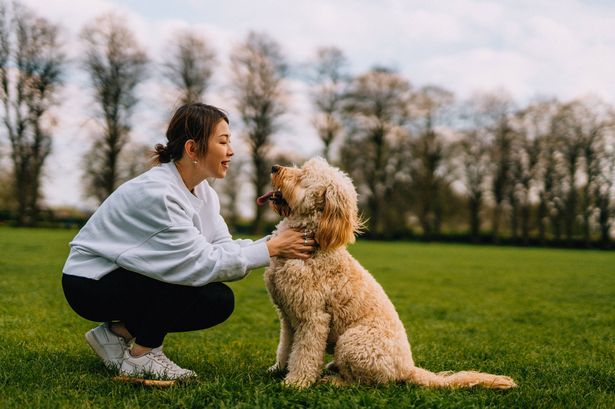
Teaching a dog to come when called is a fundamental skill that every pet owner should master. Canine training expert Sam Hoke has recently shared his insights on this essential command through a popular TikTok video. His Labrador, Mo, serves as a model for demonstrating effective recall techniques that can enhance the bond between dogs and their owners.
In his video, Hoke addresses a common frustration among dog owners: the challenge of getting their pets to respond when called. He states, “Have you ever called your dog and they completely ignored you or ran away? There’s a cure for that.” By outlining simple yet effective strategies, Hoke aims to transform the recall command into a rewarding experience for both dogs and their owners.
Creating Positive Associations with Recall
Hoke emphasizes the importance of making each recall a positive occasion. He advises pet owners to rethink their approach. “Step one – stop calling your dog when you have nothing to offer,” he explains. Drawing a parallel to human relationships, he suggests that if friends only reach out to complain, one might eventually stop responding. The same principle applies to dogs; recall should not feel like a chore.
To implement this, Hoke encourages pet owners to call their dogs for reasons beyond mere compliance. Instead of only calling Mo to come inside or end playtime, he periodically summons him to offer treats or affection. “This builds a positive association with coming when called,” Hoke notes. He believes that by positively reinforcing this behavior, dogs will be more inclined to respond promptly in various environments, such as parks.
Consistency and Engagement Are Key
Despite the effectiveness of this method, Hoke acknowledges that consistent training is crucial, especially in distracting environments. He details how he and his partner engage Mo when he is distracted. “When Mo isn’t paying attention, either Lia or I call him over, but watch how we don’t move towards him,” Hoke explains. Instead, they move backwards, tapping into Mo’s instinct to chase. When he approaches, they reward him, reinforcing the desired behavior.
Additionally, Hoke stresses the importance of making the dog feel secure during training. When Mo comes to them, they gently touch his collar before offering a treat, signaling that a collar grab does not mean the end of fun. This approach helps to alleviate any anxiety a dog might feel about being called, reinforcing that coming when called is a positive experience.
Hoke concludes by encouraging dog owners to be the kind of person their pets want to approach. He suggests, “Be the friend your dog wants to come to, the one who calls them over for treats and fun. Not the one who’s always dragging them out of the park and complaining.” By fostering a positive environment around recall commands, owners can enhance their dogs’ responsiveness and strengthen their overall relationship.
As pet ownership continues to grow, understanding effective training techniques like those shared by Hoke can significantly improve the lives of both dogs and their owners.







